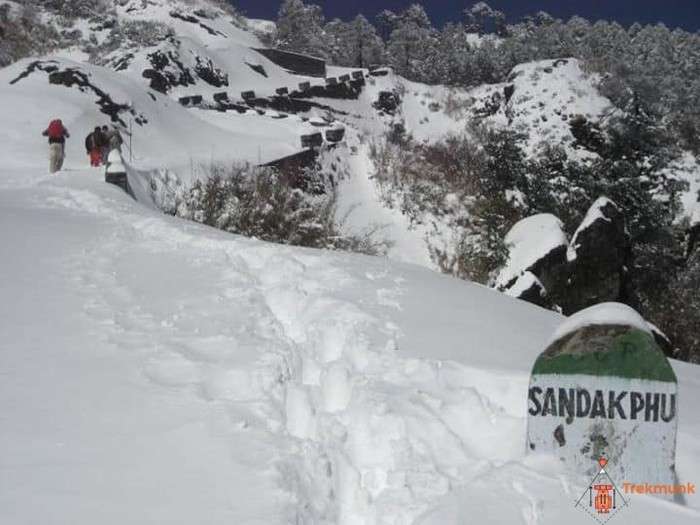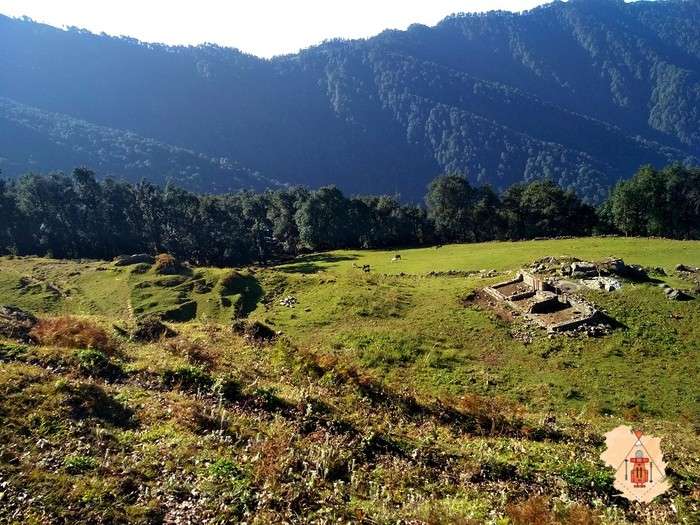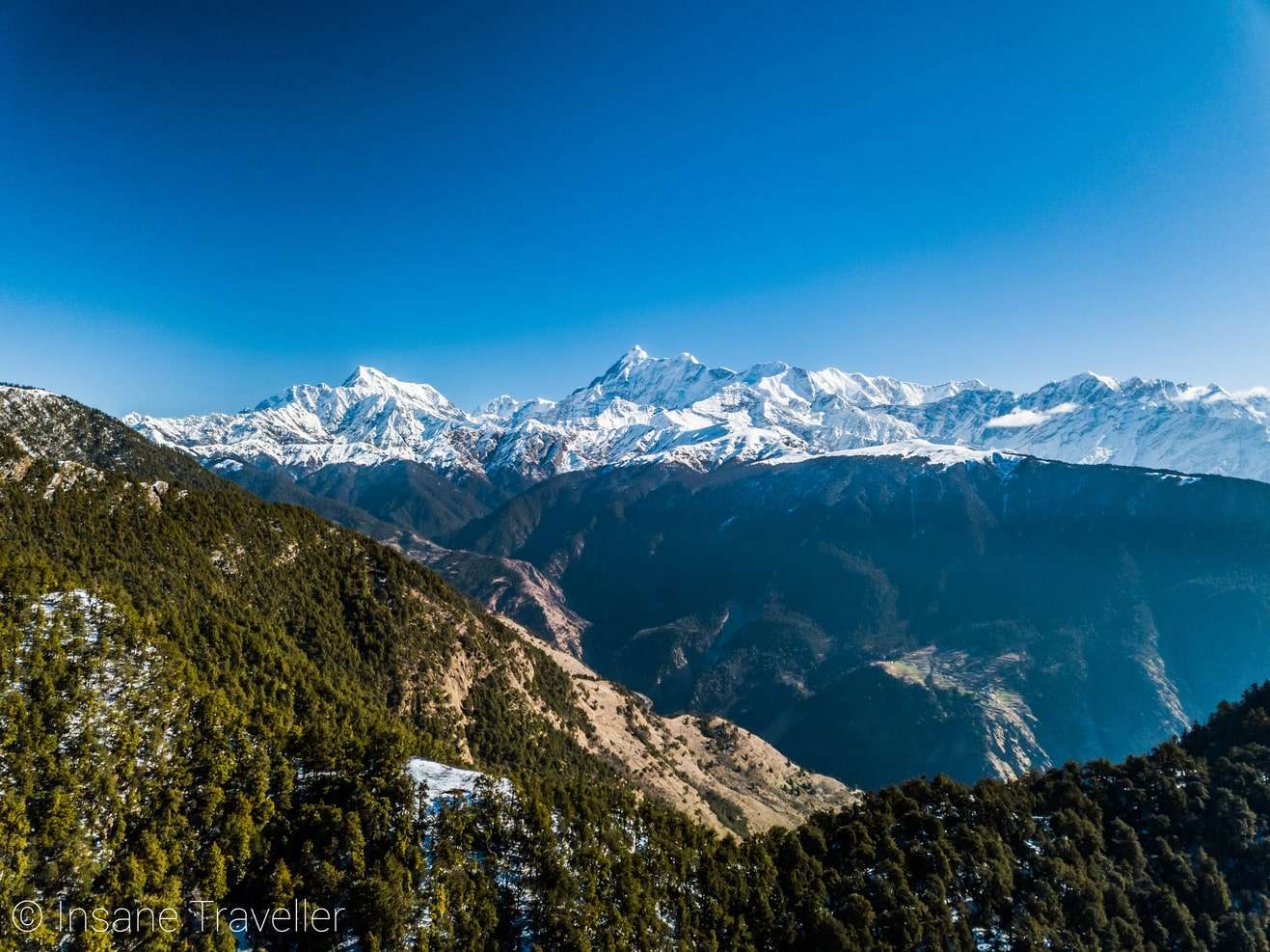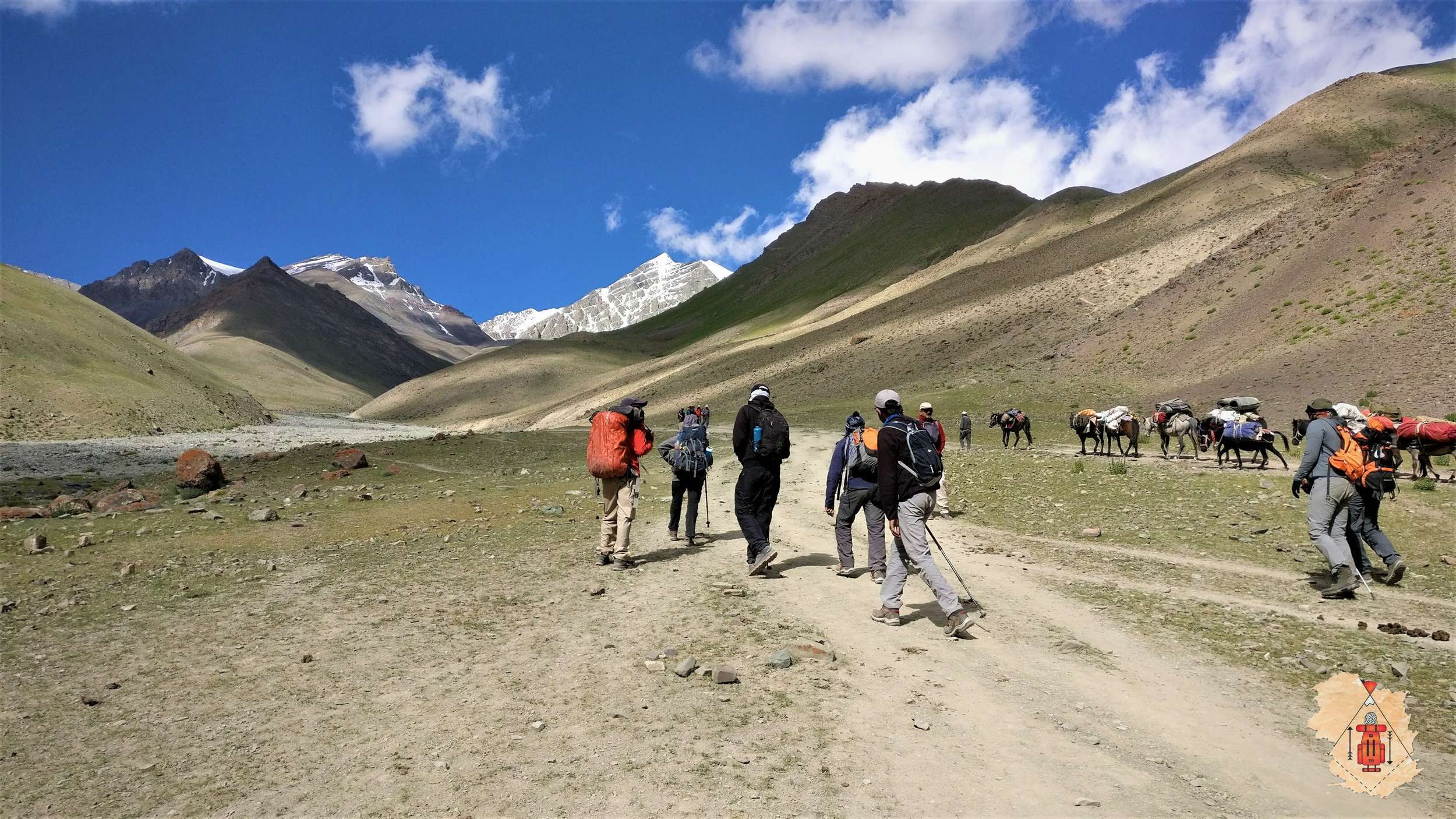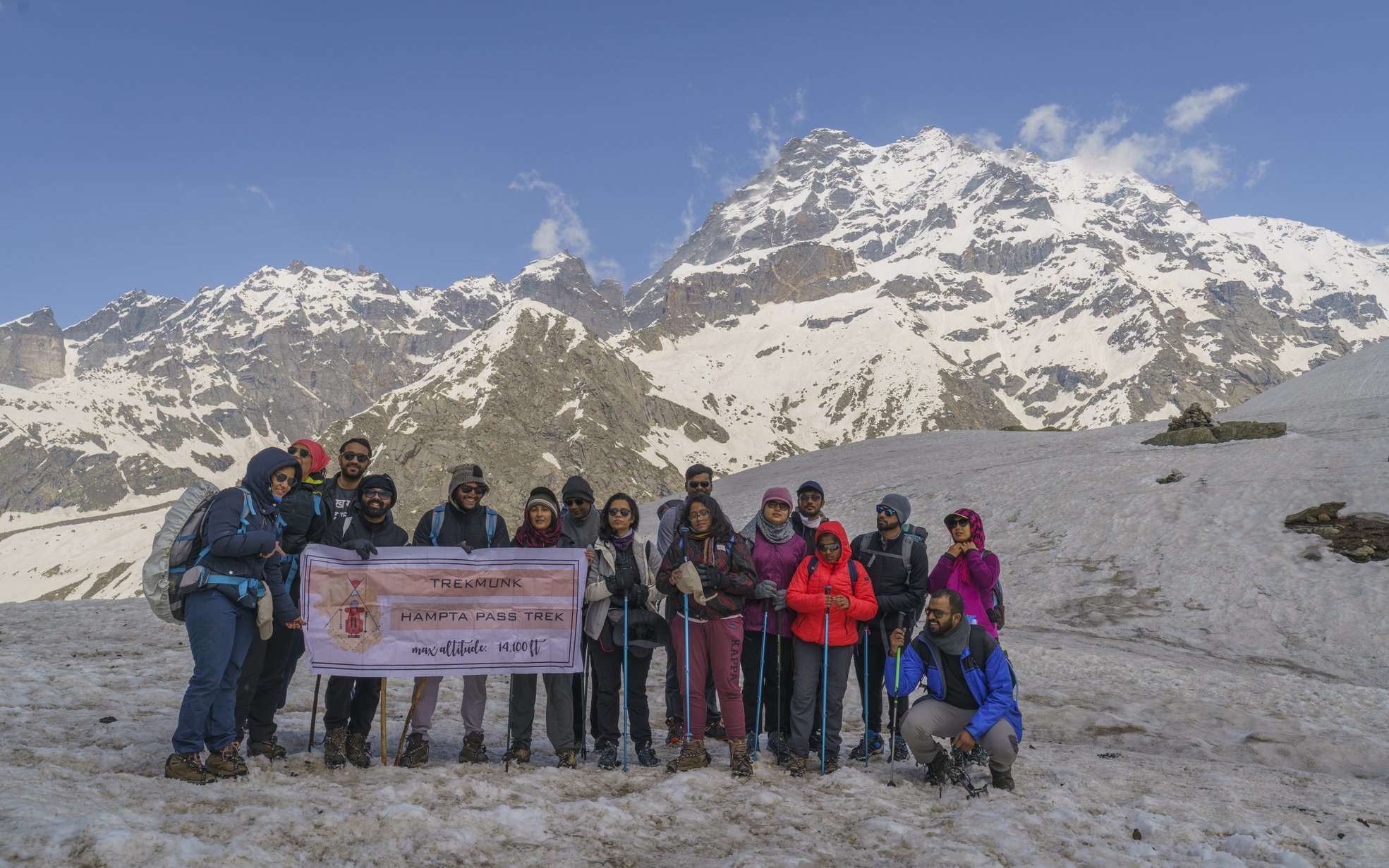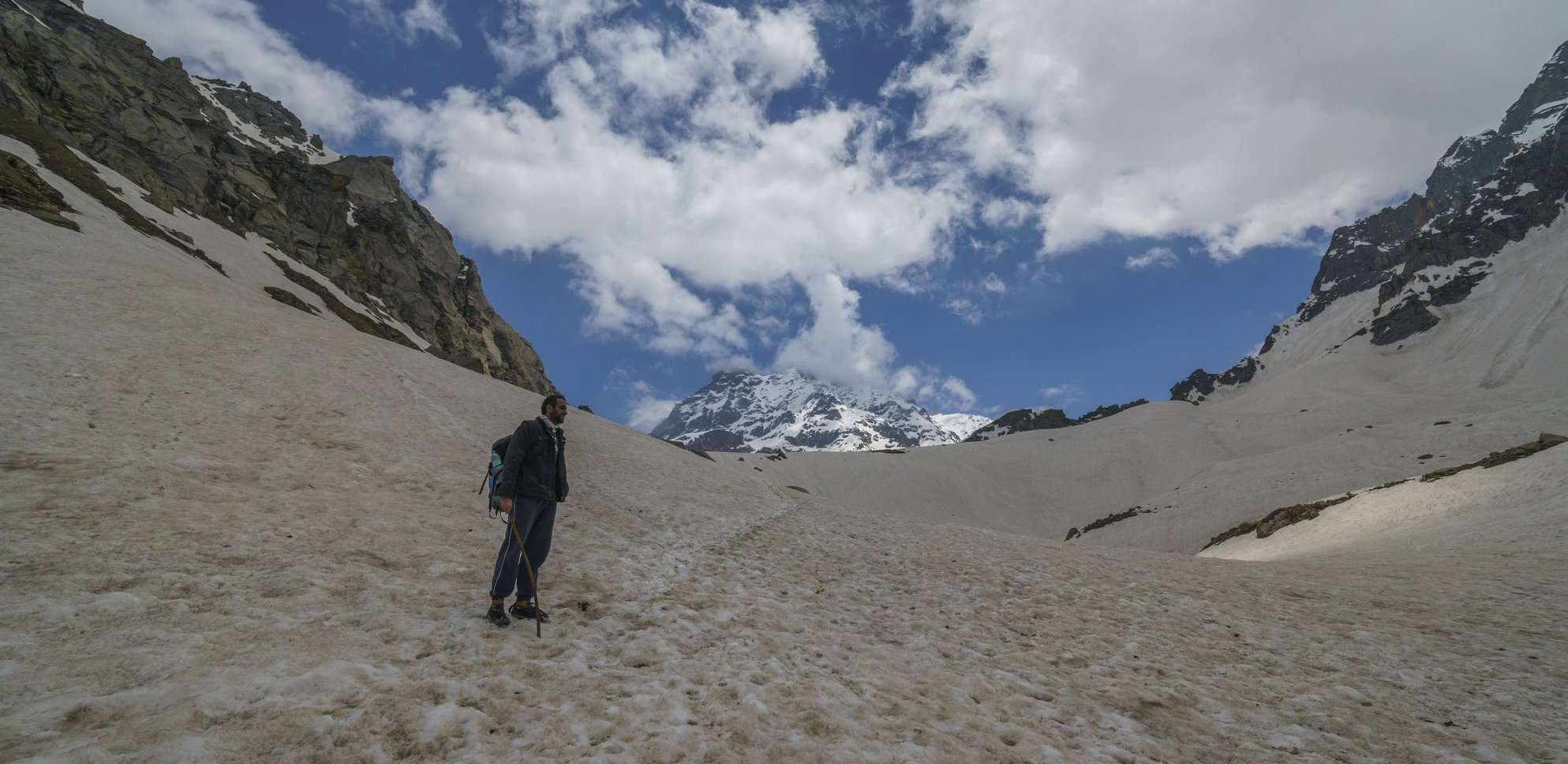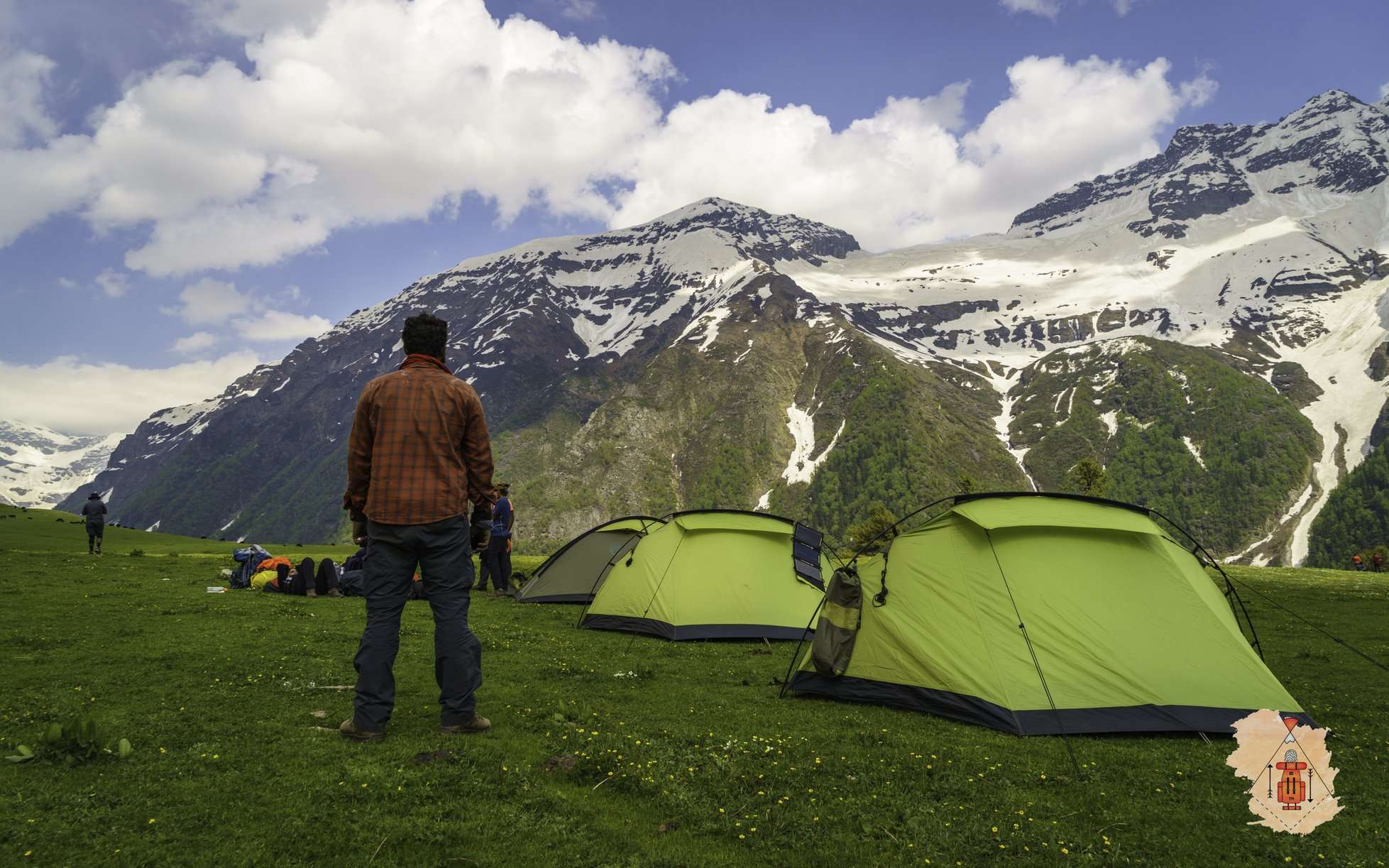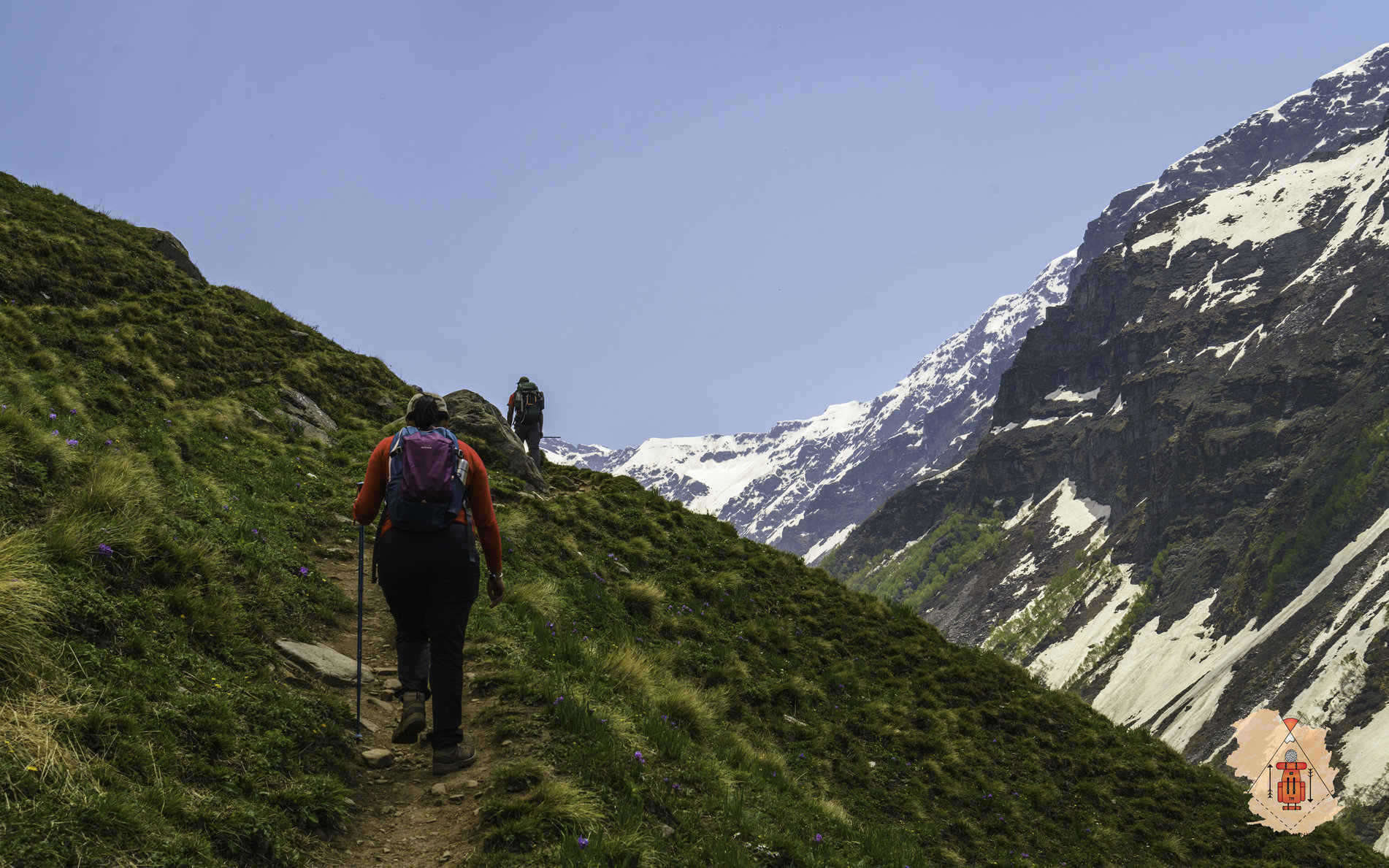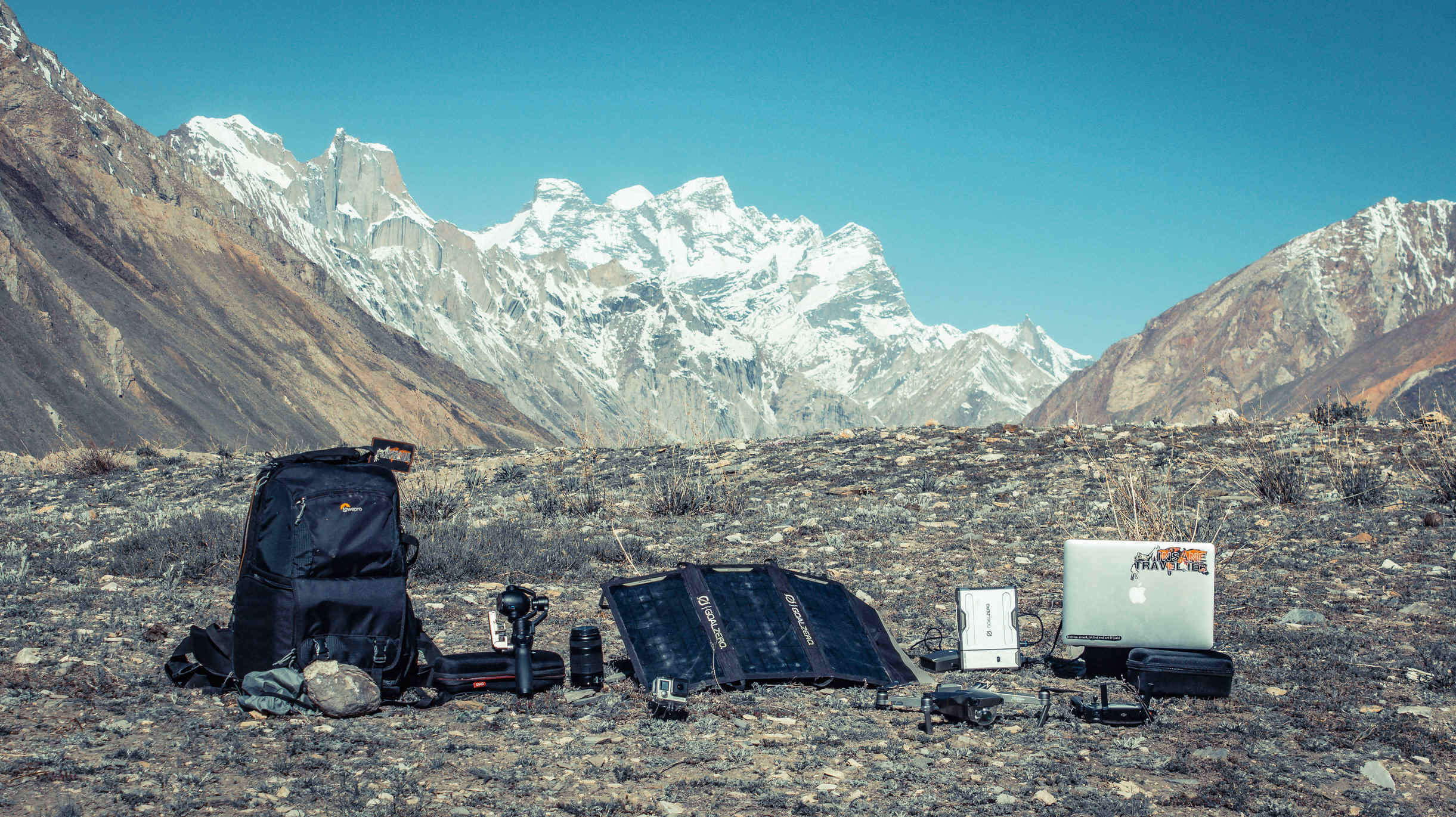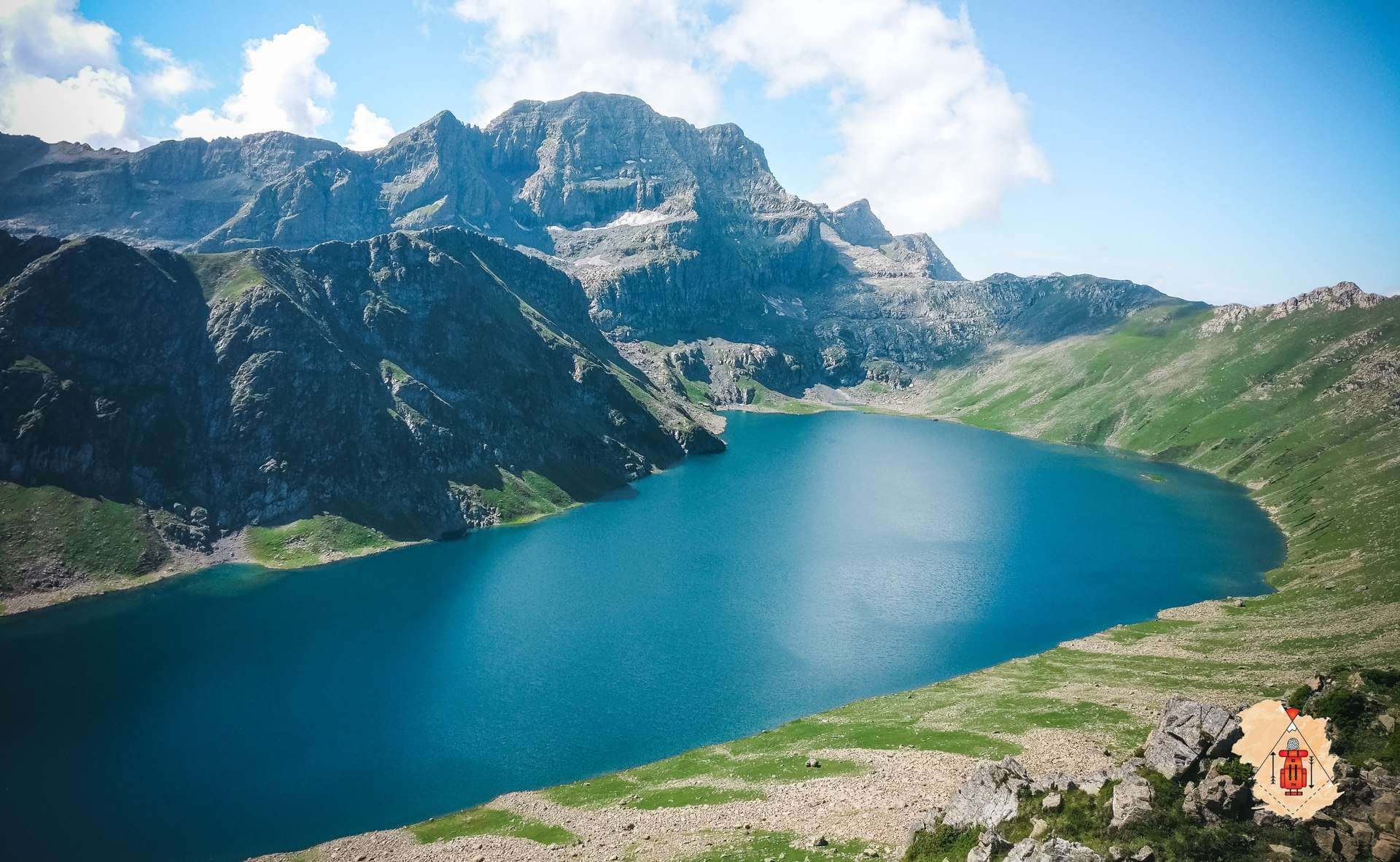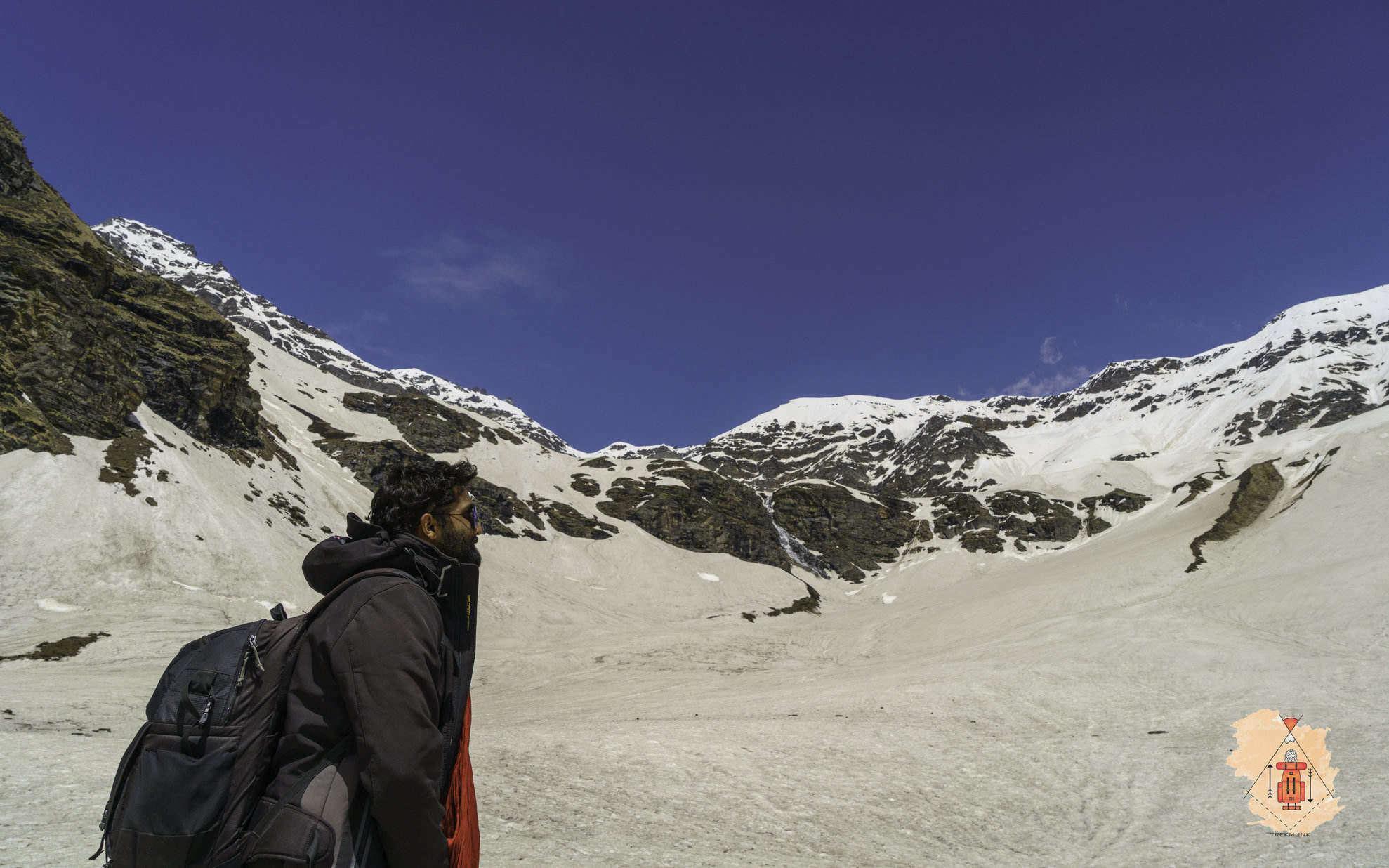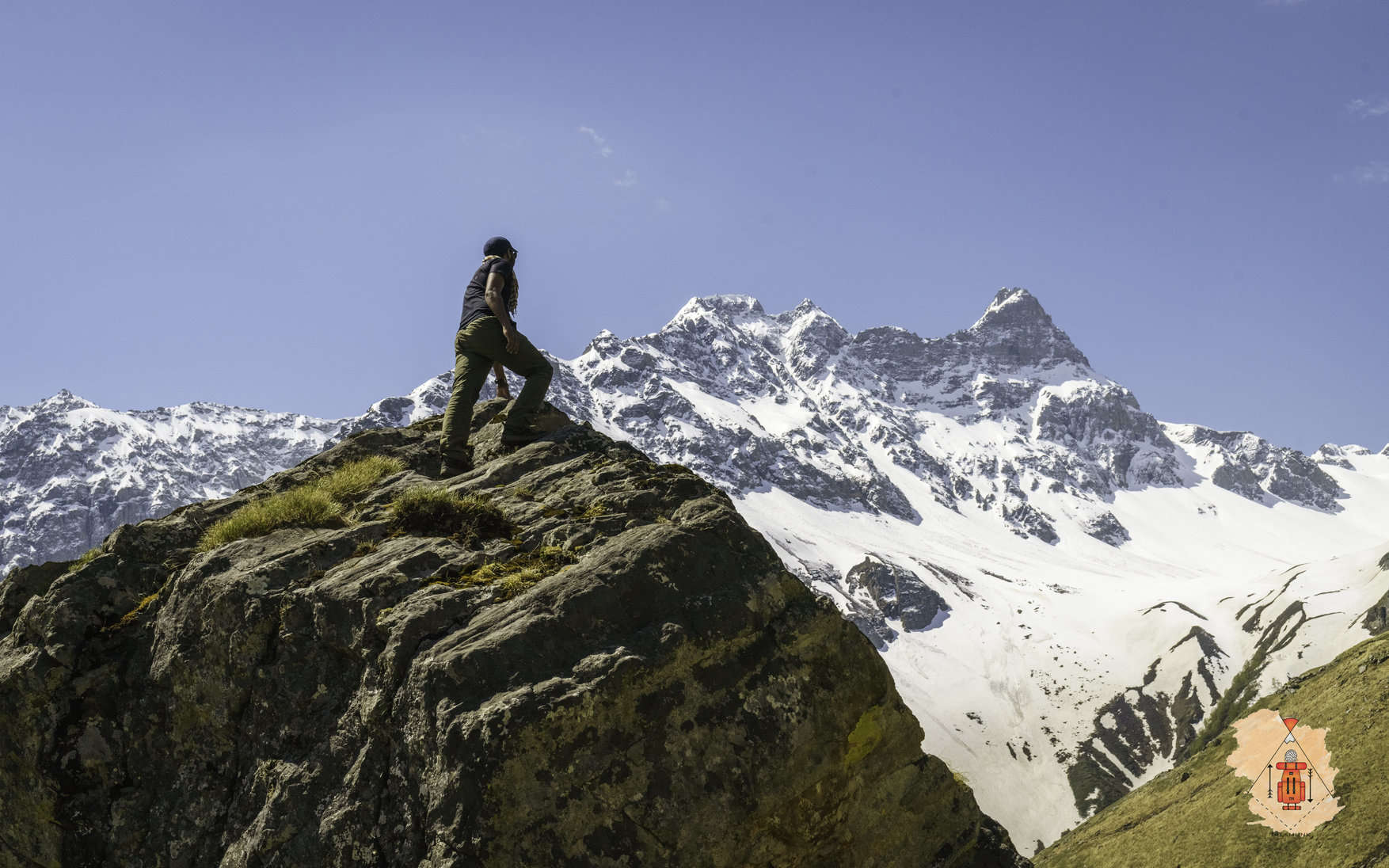Say Hello!
Sign In
The top treks of Sikkim are:
1. Kanchenjunga Base Camp Trek
Situated in Sikkim, Kanchenjunga is the world's 3rd highest peak and India's largest peak with an altitude of 16,210 ft. It encompasses three major countries namely Nepal, Tibet, and Sikkim. The preferable months for Kanchenjunga Trek are October to March which bestows you with natural mountain sceneries, remoteness from the hustle of city life, variety of flora and fauna and the peek into the unique local culture of Sikkim. The Kanchenjunga Trekking Itinerary starts from Darjeeling, travel from Darjeeling to Yuksam which is a famous trekking region of Sikkim. You will have the pleasure to find dense forests, lush green meadows, waterfalls and much more on your way to Yuksam. It is considered to be the holy place where the 3 lamas met, hence the name Yuksam. On Day 3, the next point in Kanchenjunga trekking is a trek from Bhakkhim to Phedang. On the 1 hr distance, you will be coming to a home colony of Tibetan refugees, Tshoka. These refugees have erected a small monastery by the lake. After 2-3 hrs trek from Tshoka will take you to Phedang. The next day in the Kanchenjunga Circuit Trek is of acclimatization and a short trek towards Dzongri, at an altitude of 13,218 ft. Here you will be camping and pitching tents on the meadows with unique and beautiful views of Kotang, Simvo, and Kanchenjunga. You will reach Chaurikhang and Rathong Glacier which is the Kanchenjunga Base Camp also the place of mountaineering courses taken by Himalayan Mountaineering Institute of Darjeeling. Select the Kanchenjunga Base Camp Trek Tour Package, if you want to have the perfect combination of adventure and taste of culture and history.
Max. Altitude - 5,200 m
Duration - 11 days
Level - Moderate
2. Kanchendzonga Round Trek
One of the finest treks in the Himalayas and though being a restricted trekking area, Kanchenjunga Round Trek is the most famous treks in Nepal. Being in a remote and restricted trekking area, you need a local guide and two trekkers for the collection of trekking permits. Situated at an altitude of 4984m, Kanchenjunga Round Trek is a tea-house trek and you can experience Nepali cultures, delicious food and traditional lifestyle of the locals. It is a place to see nice views of huge meadows, and the snowy peaks in the background. The Kanchenjunga Circuit Trekking lets you interact with the local Yak herders and to know about their lives in the mountains. The Kanchenjunga Round Trek starts from Bagdogra. Next, you will be driving to Kalimpong. A 4-5 hrs drive the next day will take you to Pelling. On day 3, the actual trek will start as you will be trekking 4-5 hrs from Uttarey to Chitre. A 2-3 hrs trek from Chitre moves you towards the army posts of Chiwabhanjang which has its own beauty. You will be able to have the first views of snowy peaks when you will trek 7-8 hrs from Chiwabhanjang to Dhor. Enjoy the sunrise and huge meadows in Pharey Megu the next day. Have the pleasure of seeing dried lakes at Goechala and Zeenthana plateaus. This 16 Days Kanchenjunga Round Trek is most preferable in the months from April-October. You will definitely enjoy this Kanchenjunga Round Trek Tour Package, so book now.
Max. Altitude - 4,984 m
Duration - 16 days
Level - Challenging
3. Goechala Trek
Usually, there are two or three highlights that make a trek worth your while, but Goechala Trek has so much to offer, and all of it is more than enough to leave a person bewitched. The peak is located in Sikkim and rises to an altitude of 15,100 ft. Goechala Trekking will take you through dense rhododendron forests, to the beautiful Samiti lake. The best highlight of this trek though is the gorgeous view of Mt. Kanchenjunga, and in addition to the scenic beauty of the third highest peak in the world, you get to see the majestic peaks of fourteen other summits. Now that's something worth giving a thought.
Watch the sun as it rises over Mt. Kanchenjunga; trust us when we say that it will be the most beautiful sunrise you have ever seen or most probably will ever see. No wonder this trek is so popular among the trekkers. If you take a look at the Goechala Trek Itinerary you will see that the trek starts from Yuksom, where you will get to from New Jalpaiguri Station. The drive takes around 8 hours. From there the trek continues to Dzongri, all the way to Goechala, through Thansing and Lamuney. The trek is rated from moderate to difficult, as the trail will get steeper as you move closer to the top. Also, because of the high altitude, there might occur some breathing problems, so best to be prepared in advance.
The best time to go for this trek is from April-June and September-October. Avoiding monsoon season is recommended as the area is prone to landslides, and the slippery tracks will make an already difficult trek riskier.
Blooming flowers, the trail through dense, green forests, shimmering lake, and amazing views of mountain peaks covered with snow; it all adds up to a thrilling experience that will leave you breathless but in a good way. All these highlights are reasons enough for you to pack your bags, so, book your Goechala Trekking Tour Package right away.
Max. Altitude - 16,200 ft.
Duration - 11 Days
Level - Difficult
Top Treks In Sikkim
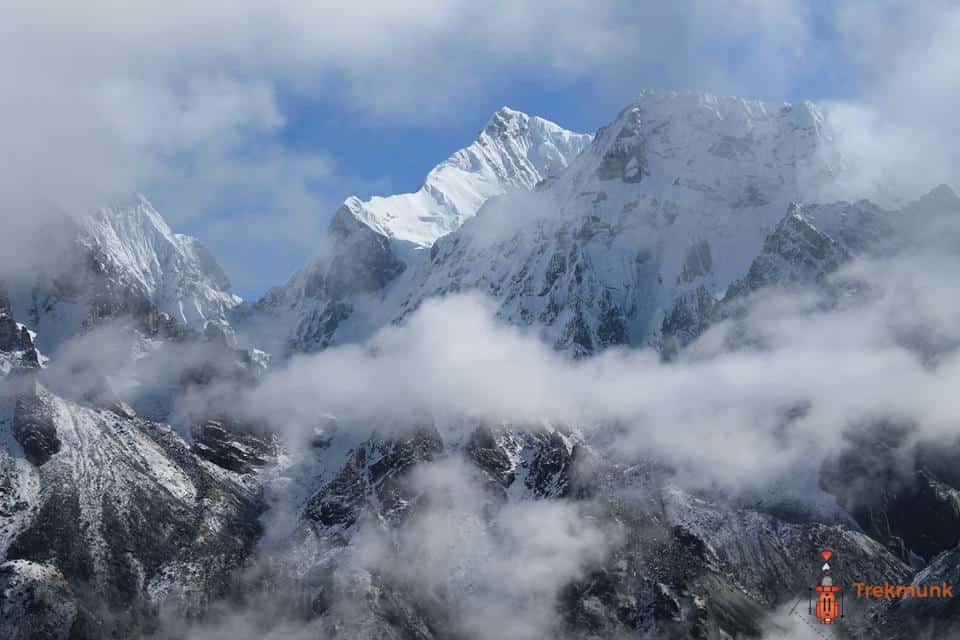
USD 270 / INR 19,500/-
Difficulty : Difficult
Best time : April-May, Sept-Oct

USD 1030 / INR 75,550/-
Difficulty : Difficult
Best time : March-May, Sept-Oct
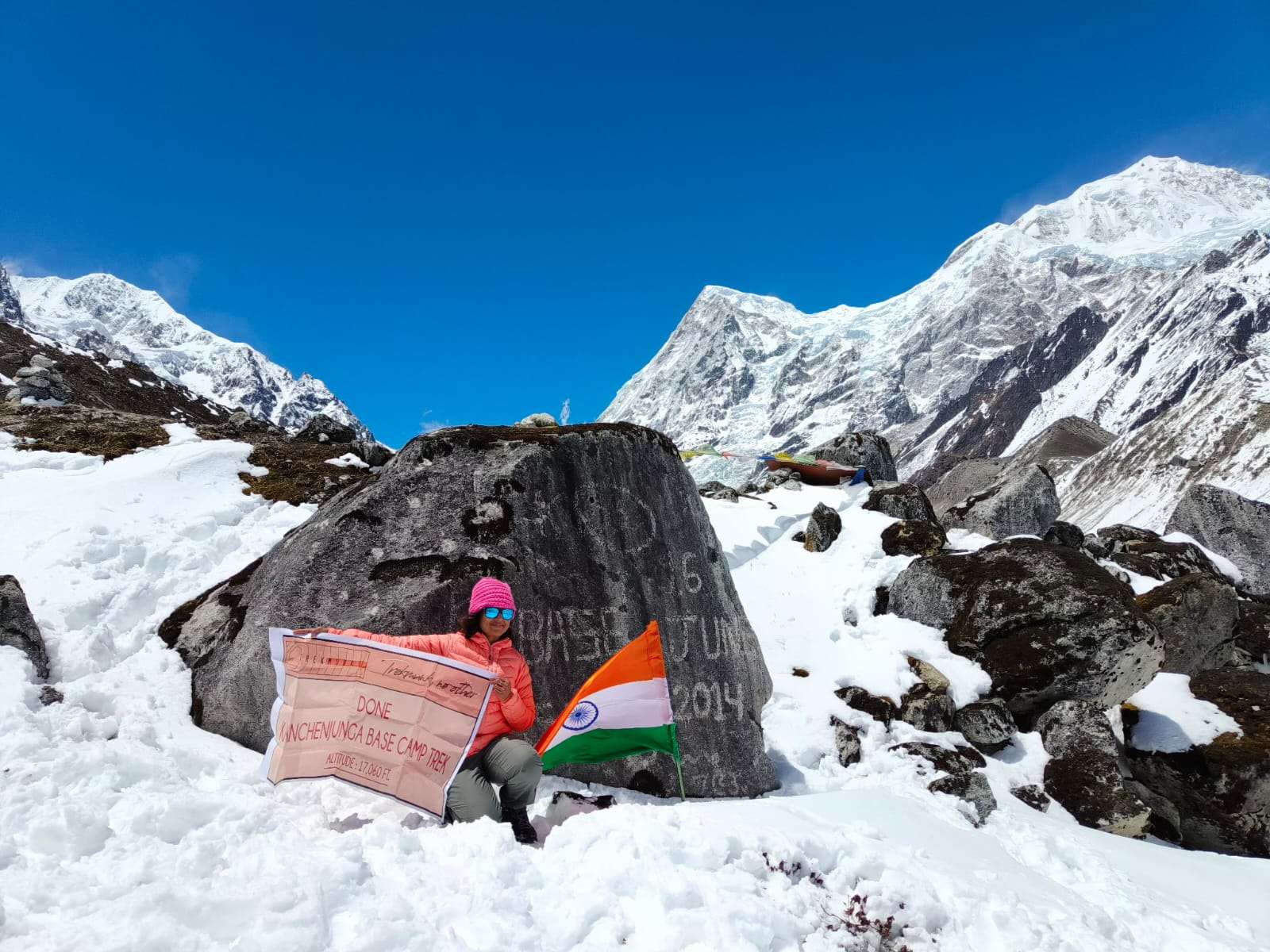
USD 370 / INR 26,950/-
Difficulty : Moderate to Difficult
Best time : April-May, Sept-Oct
All Treks In Sikkim
| Trek Name | No Of Days | Cost | View Details |
|---|---|---|---|
| Kanchenjunga Base Camp Trek | 10 Days | Rs 26,950/- | View Details |
| Kanchenjunga Round Trek | 16 Days | Rs 75,550/- | View Details |
| Goechala Trek | 11 Days | Rs 19,500/- | View Details |
| Green Lake Trek | 13 Days | Rs 95,000/- | View Details |
Related Blogs
Why Trek in Sikkim?
One of the largest states in the eastern-northern area of the Indian subcontinent, sharing the borders with, Bhutan, Tibet, Nepal, and West Bengal, is the state of Sikkim, resting majestically near the Siliguri Corridor of India - Bangladesh. It is also one the least populated state and second smallest state of India. The area is adorned with the beautiful range of high altitude species of flora and fauna. It also comprises of the world's few of the highest Himalayan crowns of India. These include the grand peak of Kanchenjunga, which is amongst the thirds tallest mount of the world. The state of Sikkim is also one of the areas which have around thirty-five percent of its state as the reservation work of Kanchenjunga National Park. Thus, it is also the great capital of Gangtok. Sikkim is the topography of few of the most significant vegetation too, like cardamom which contributes to the largest production of India's cardamom vegetation. It is also the world's second-largest producer of the spices. Sikkim is also the fully organic agricultural state and amongst India's first states to achieve this objective. The enchanting beauty of Sikkim is also because of the state's initiative of successfully banning of plastic bottles and other plastic products.
Sikkim, like its neighboring states and nations, has a historical significance of being the ancient state of the earliest inhabitants of Lepchas, who are said to have arrived from the eastern and northern districts of the area. Various important saints of Buddhism also have been passed through the magnificent state of Sikkim. The state often shares a notable history with Tibet and other neighboring territories around it. Khye Busma of the fourteenth century has been said to have a spiritual revelation to head South seeking prosperity. His descendant, Phuntsog Namgyal was the founder of the empire system in the Sikkim in the seventeenth century. He was the priestly emperor of the Chogyal dynasty. Britishers made the Sikkimese ally with them to defend the Nepalese from conquering the state. After the historical Gorkha War, the two states signed the treaty under which Nepal returned the Terai area of the state, which it had annexed. Relations between the company and Sikkim started to crumble due to various tax imposition, expedition and venturing moves by the Britishers through the mountains without the consent of the kingdom, annexing Darjeeling and Morang, in 1853. The state further became territory through the Chinese conventions of 1890. During the next several years the state was granted sovereignty and further came under the Chamber of Princes, representing as one the princely states of India, in 1922. In 1948 Jawaharlal Nehru, brought about into the focus in the Constituent Assembly of India, that the states are not directly connected to the Himalayan ranges of the country and thus should have a negotiated and separate future. After various movements and uprising the state was offered assistance by India, after its independence, and after various major events finally after an appeal by the prime minister of Sikkim, in 1975 the state was made the part of India. This happened after the referendum which resulted in more than ninety percent of the population of Sikkim favored for the abolition of the monarchy. It was given the place as the 22nd state of the Indian Union, and also the position of an Associate State of the nation.
During recent years, the state has undergone a lot of change, both good and bad. The escaped Tibetan group, spearheaded by the seventeenth Dalai Lama, has been seeking the return of the Sikkim's Rumtek Monastery, which was unresolved by the Chinese, resulting in thawing the agreement of 2003 between the relations of China and India. In 2006, Nathu La pass was opened in the Himalayan ranges of Sikkim, for the trading purpose. This pass, which was the part of the ancient Silk Route became the first open border passway between the two countries of China and India. In 2011, the state has undergone a severe earthquake, which resulted in deaths of more than a hundred people inside and around the territory of Sikkim.
Consequently, coming to the geography of the state, the region is one of the cleanest and peaceful states of the Indian subcontinent. It is home to various mountain terrains, and is overall a hilly state, with an elevation of around 920 ft-28,169 ft. Kanchenjunga summit is a straddle between the two states of Sikkim and Nepal. The land is though considered unfit for the vegetation, due to its slanting, rocky terrains, still have been converted into a terrace farm.
There are few streams like Teesta and Rangeet, filled with snow, forming the valleys of the state. Half of the state is surrounded by wilderness and forests. It is home to more than eighty mighty glaciers, more than two-hundred gorgeous lakes, which include the Tsongmo, Kheceopalri and Gurudingmar lakes, five specific, so-called medicinal and therapeutic, hot springs (Phurchachu, Yumthang, Borang, Ralang, Taram-chu, and Yumey Samdong. ) and hundreds of brooks and streams. Most significant ranges of passes of various mountains are connected with the states of Nepal, Bhutan, and Tibet.
Climate is subtropical in the south and some parts of the north. Sikkim undergoes five seasons of winter, summer, monsoon, spring, and autumn. There is a temperate climate and it rarely exceeds the Celsius degrees above 28. The average temperature remains around 18 degrees. It receives regular snowfall, with its snow-line ranges starting from 20,000 ft in South and around 16,100 ft in North. Tundra-type regions are always snow-laden and in such regions once in every four months, the temperature can drop to 0-degree Celsius and in few areas around -40 degrees. Landslides, during heavy rainfalls, and fog, are few of the troubles that are faced by the transportations, people and overall state during the monsoon and winter months.
In recent years the government has triumphantly been able to increase tourism in Sikkim, making its revenue increase by fourteen-folds after the 1990s through various Sikkim Trekking Tour & Holidays companies. Casinos, Online Gambling like Playwin Lottery, have established there roots in Sikkim, who have invested in such industries. One of the important contributions under tourism in the GDP growth of the nation is by the adventure industries of trekking in Sikkim. With the opening of the pass of Nathu La between China and India, which connects with Lhasa and Tibet, with India, has greatly boomed the economy of Sikkim, although the pass needs good infrastructure and removal of various kinds of restrictions by the Indian and Chinese governments, due to various reasons.
All the expeditions that we provide in the charming state of Sikkim, are covered between 11 to 20 Days of time. These Sikkim trek ranges from moderate to difficult. The altitude range between 16,220 ft and 17,060 ft. The journey will be through the subtropical weather, requiring acclimatizing. Below are the descriptions of the significant trekking routes that we provide on the Sikkim ranges.
Some of the best trails are also the most Popular Short Treks in Sikkim and comes along with Sikkim trekking packages, due to there popular demand. These trekking trails are usually for the ones who are a novice or with a family or group of friends. At Trekmunk, we provide few of the best treks in Sikkim which are for the passionate mountaineers, with the prior skills and have good mental and physical strength.

